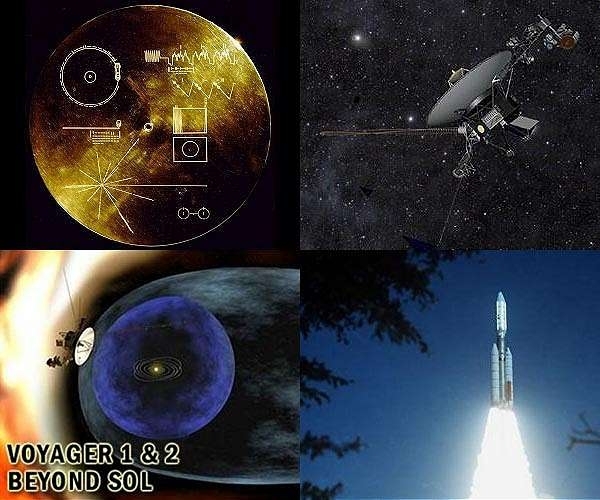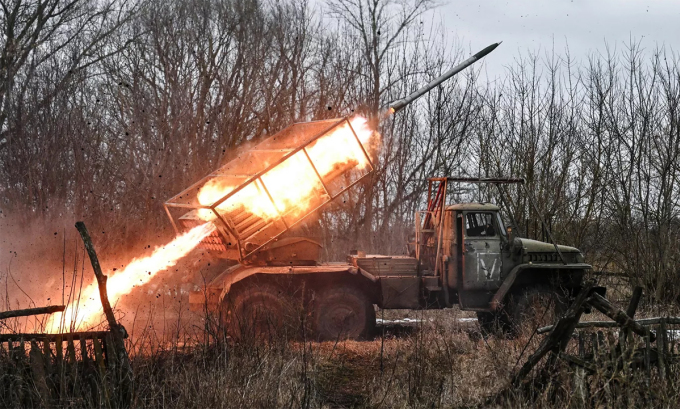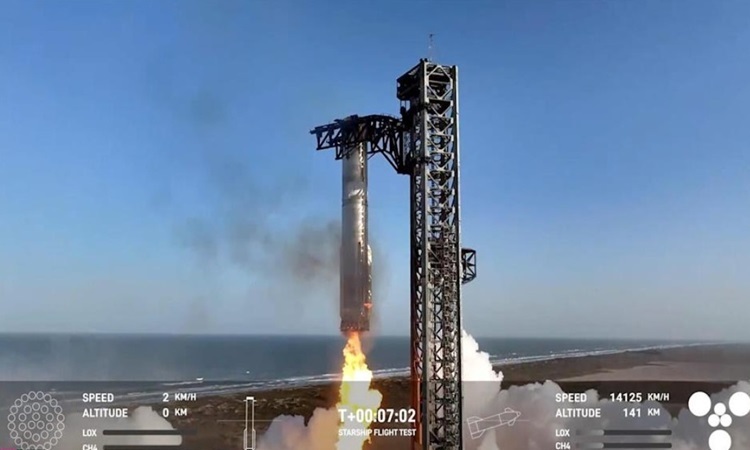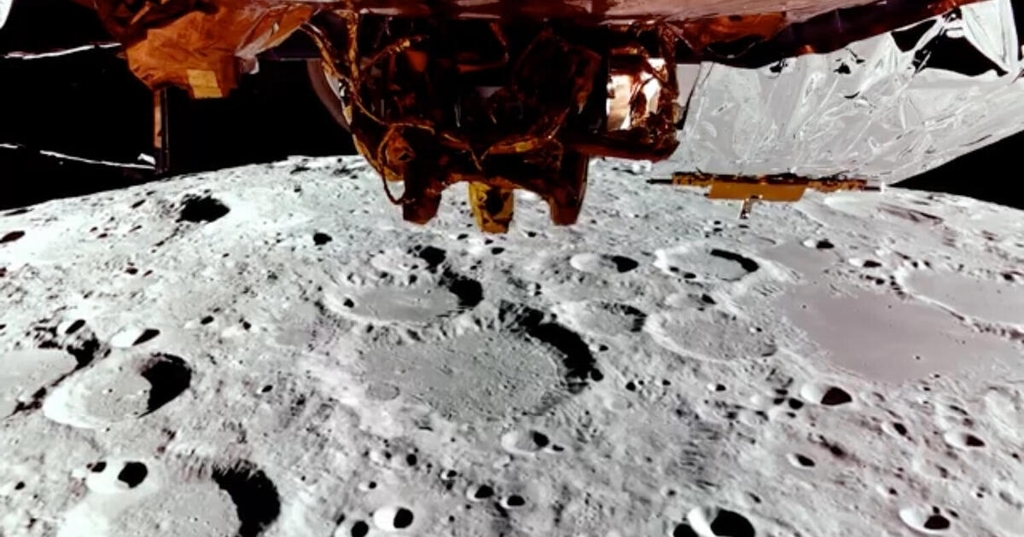Voyager Probes Defy Time with Energy Conservation Strategies
NASA's Voyager probes are pushing the boundaries of exploration by implementing energy conservation strategies to extend their groundbreaking missions in interstellar space.

Key Points
- Nasa's Voyager probes, launched in 1977, have surpassed their expected lifespan and continue to gather data in interstellar space.
- To conserve energy as their power supplies dwindle, NASA is turning off non-essential scientific instruments to extend their operational life.
- The ongoing mission of the Voyagers exemplifies humanity's pioneering spirit and commitment to exploration beyond our solar system.
In a remarkable journey that has lasted nearly five decades, NASA's Voyager spacecraft continue to push the boundaries of exploration well beyond our solar system. Launched in 1977, these twin probes have traversed over 15 billion miles and have provided invaluable insights into the mysteries of the cosmos. However, as both vessels age and their power supplies dwindle, NASA is making critical decisions to extend their operational lifespans as long as possible.
The Quest for Longevity
The Voyager spacecraft were initially designed for a five-year mission, intended to explore the outer planets of our solar system. Yet, they defied expectations and have now been operational for over 47 years. As their nuclear-powered systems lose approximately 4 watts of energy each year, mission engineers have implemented measures to conserve energy by turning off non-essential scientific instruments. Recently, NASA switched off
’s cosmic ray subsystem and plans to deactivate
's low-energy charged particle instrument later this month.

Technical Challenges
Throughout their mission, the Voyager probes have faced various technical issues, showcasing the challenges of managing spacecraft over such extended periods. For example, Voyager 1 experienced technical problems that left it unable to transmit viable data for seven months in 2023. Fortunately, engineers successfully revived the probe, demonstrating their resilience in both problem-solving and their unwavering commitment to this monumental mission.
NASA's proactive approach to power management is essential to ensure that the spacecraft can gather scientific data for as long as possible. Currently, both Voyager 1 and 2 retain only three of their original ten science instruments. Future energy-conserving plans include shutting down even more tools, showcasing the delicate balance NASA must maintain between scientific inquiry and resource management.
Scientific Contributions and Discoveries
Despite the challenges posed by dwindling power supplies, the scientific contributions made by the Voyager probes are nothing short of extraordinary. These spacecraft have provided humanity with unprecedented data and insights about our solar system, as well as the regions beyond it.
For instance, Voyager 1's and Voyager 2's explorations yielded groundbreaking discoveries such as new moons orbiting
and
, and key information about the heliosphere — the protective bubble of solar particles that surrounds our solar system. Both spacecraft successfully exited the heliosphere, entering interstellar space, allowing them to measure cosmic rays and other phenomena in a region where no human-made object has ventured before.

A Legacy of Pioneering Spirit
The continuing mission of the Voyager probes embodies the pioneering spirit of exploration and innovation. The engineers and scientists involved in the Voyager program have displayed a remarkable commitment to extending the life and capabilities of these extraordinary spacecraft. As Linda Spilker, Voyager project scientist at JPL, poignantly stated, “Every minute of every day, the Voyagers explore a region where no spacecraft has gone before”. Each moment may be a blend of joy and uncertainty, as every new day could either bring extraordinary revelations or signal the end of an era.
As NASA continues to utilize smart strategies for energy conservation, projections indicate that the twin probes could continue operating into the 2030s, albeit with limited scientific capabilities. This proactive planning not only highlights the need for adaptability in space exploration but also inspires future generations to seek out knowledge and uncover the wonders of the universe.
In reflective consideration, the ongoing missions of Voyager 1 and Voyager 2 illuminate the perseverance and ingenuity of human exploration. With every piece of data transmitted back to Earth, these spacecraft remind us of our quest for understanding our place in the cosmos. The journey of the Voyager probes is not just a testament to technological triumph but also a beacon of hope, encouraging humanity to continue reaching for the stars, long after we send our machines into the unknown.


